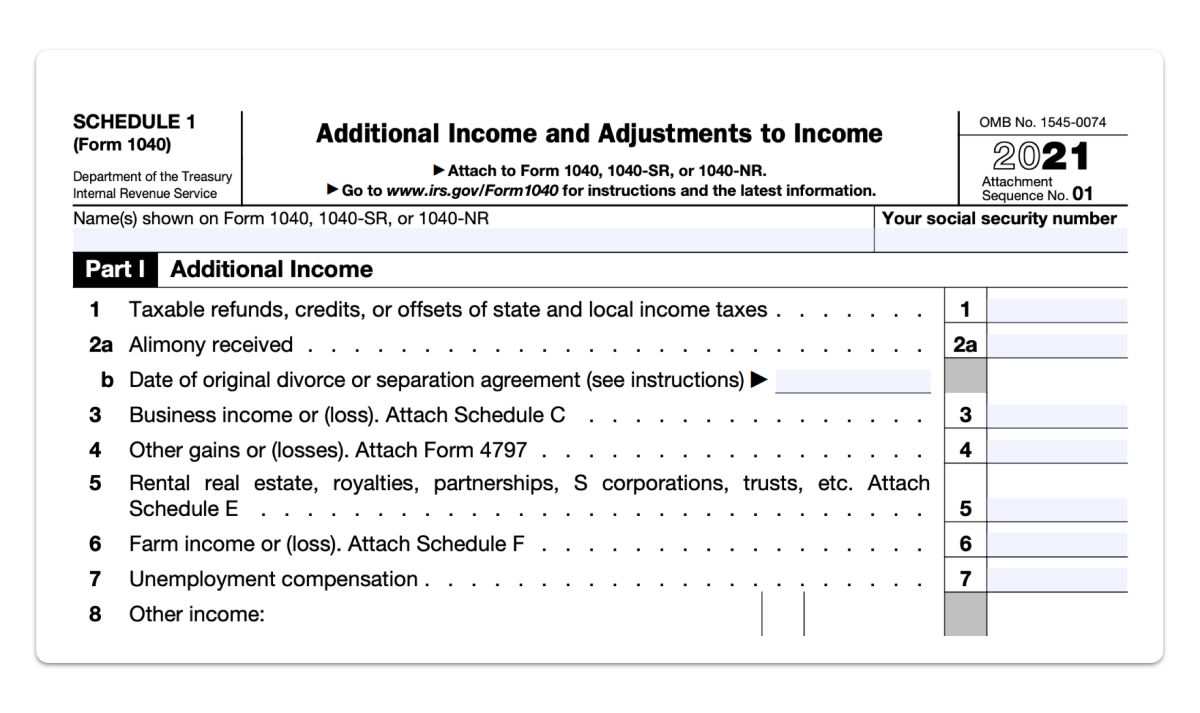

Finance
Sinking Fund Definition, Types, And Example
Published: January 29, 2024
Discover the definition, types, and example of sinking funds in finance. Learn how this financial strategy can help you plan for future expenses and investments.
(Many of the links in this article redirect to a specific reviewed product. Your purchase of these products through affiliate links helps to generate commission for LiveWell, at no extra cost. Learn more)
Sinking Fund Definition, Types, and Example
Are you familiar with the concept of a sinking fund? If you’re interested in finances and budgeting, understanding what a sinking fund is can be incredibly beneficial. In this blog post, we will explore the definition of a sinking fund, its different types, and provide an example to help you grasp this concept. By the end of this article, you’ll have a solid understanding of sinking funds and how they can be useful in managing your finances.
Key Takeaways:
- A sinking fund is a dedicated pool of funds set aside for a specific purpose, usually to cover future expenses or debt obligations.
- Sinking funds are commonly used for large purchases, such as buying a house or car, as well as to pay off loans or debts over time.
Sinking Fund Definition
A sinking fund can be defined as a dedicated pool of funds set aside for a specific purpose, usually to cover future expenses or debt obligations. It is an essential tool in financial planning and helps individuals or businesses budget and save for big-ticket items or to pay off debts over time.
Types of Sinking Funds
Sinking funds can be categorized into different types based on their purpose. Here are some common types of sinking funds:
- Debt Repayment Fund: This sinking fund is specifically created to pay off outstanding debts, such as credit card balances or student loans. By setting aside a certain amount of money each month towards the debt repayment fund, you can gradually reduce your debt and eventually become debt-free.
- Emergency Fund: An emergency fund is crucial for unexpected financial setbacks, such as medical emergencies or car repairs. By regularly contributing to an emergency fund, you’ll have a safety net to fall back on when unexpected expenses arise.
- Home Purchase Fund: Planning to buy a house? A home purchase sinking fund can help you save for a down payment, closing costs, or any associated expenses. By saving a specific amount each month, you can work towards your goal of becoming a homeowner.
- Car Replacement Fund: Cars don’t last forever, and their maintenance costs can add up over time. Creating a car replacement sinking fund can help you save money specifically for purchasing a new car or covering major repairs when the time comes.
Example of a Sinking Fund
Let’s say you want to save up for a down payment on a house. You estimate that you’ll need $40,000 for the down payment, and you plan to buy the house in four years. By dividing the total amount by the number of months (48 months), you know you need to save approximately $833.33 each month for your home purchase sinking fund.
By setting up an automatic transfer of $833.33 from your paycheck to a dedicated savings account, you ensure that you are consistently contributing towards your sinking fund. Over time, the funds will accumulate, and you’ll be closer to achieving your goal of buying a house.
In Conclusion
Sinking funds are a valuable financial tool that can help you achieve your financial goals and maintain control over your finances. By properly allocating funds for specific purposes, you can avoid taking on unnecessary debt and have peace of mind knowing you are prepared for future expenses. Remember to create sinking funds aligned with your financial goals and contribute regularly to make the most of this practical financial planning strategy.














